5 Ways to Boost Productivity on the Folder-Gluer Finishing Line Without Investing
Before Investing Optimize Your Existing Processes Every company aspires to increase its folder-gluer productivity and maximize output potential....
4 min read
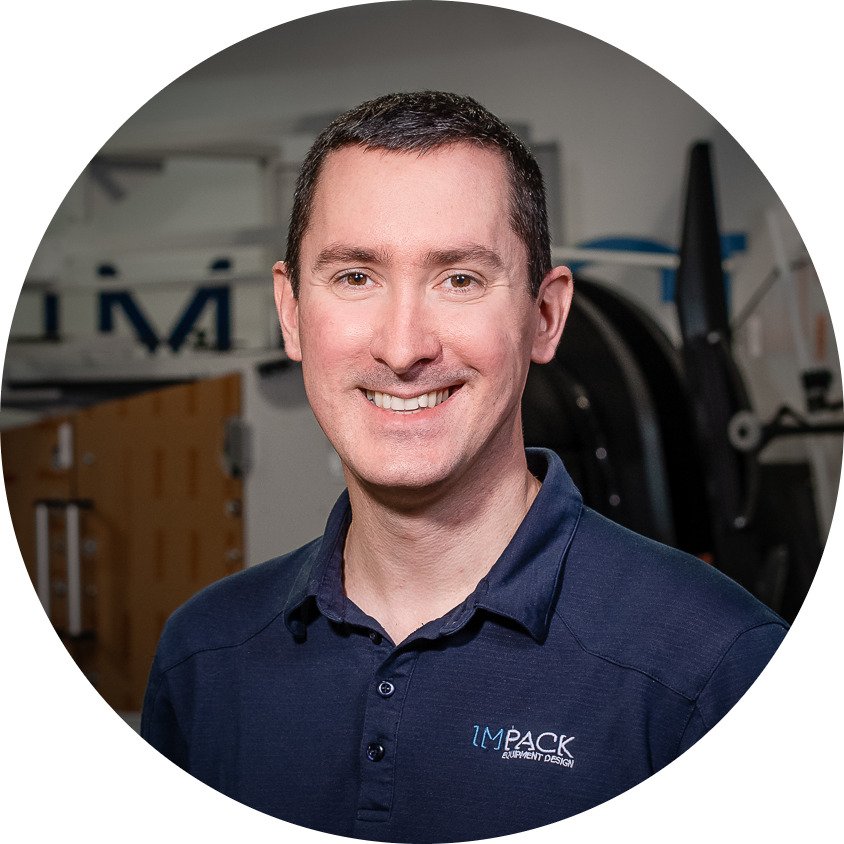 Mathieu Tremblay
:
November 5, 2025
Mathieu Tremblay
:
November 5, 2025
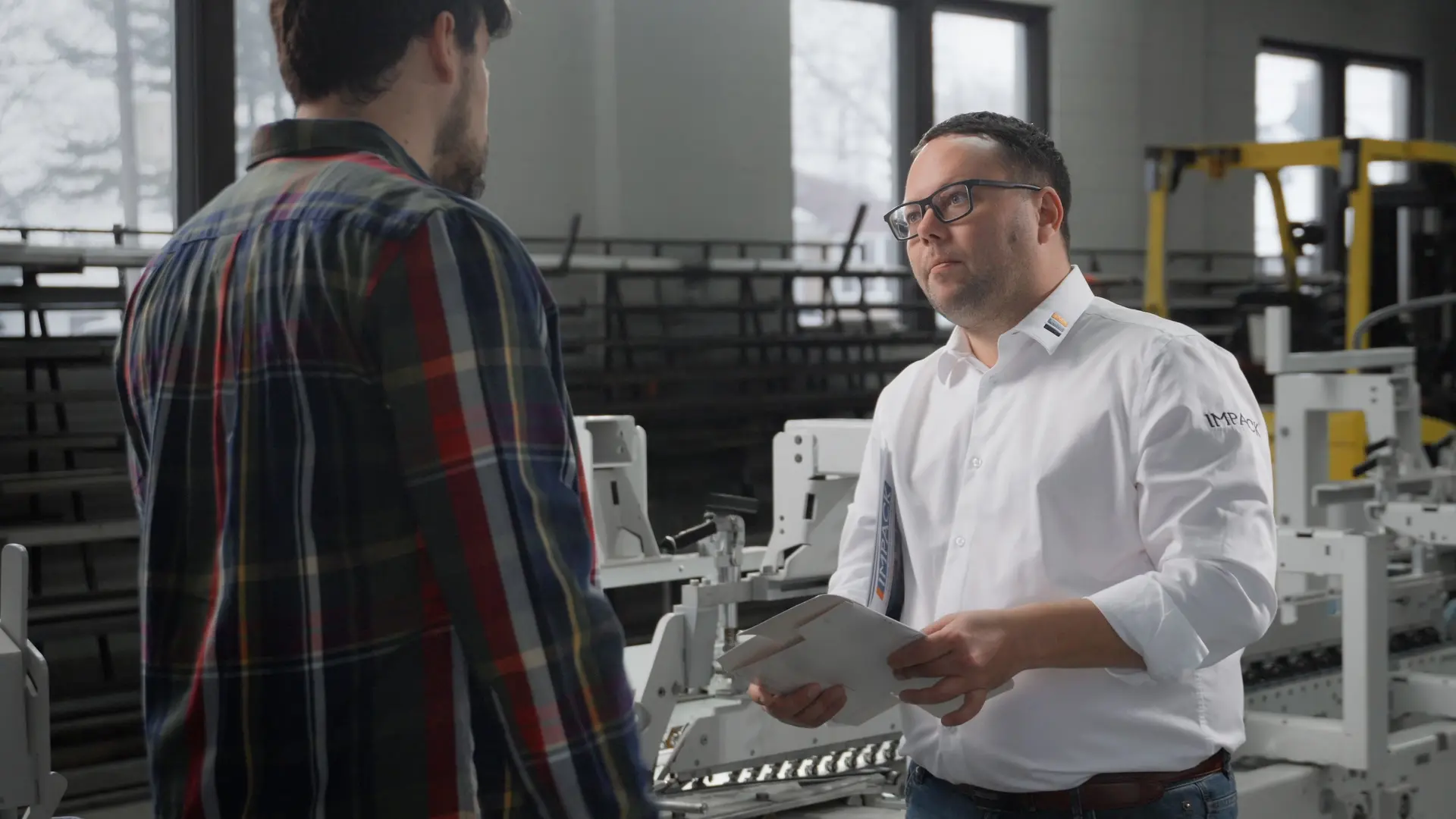
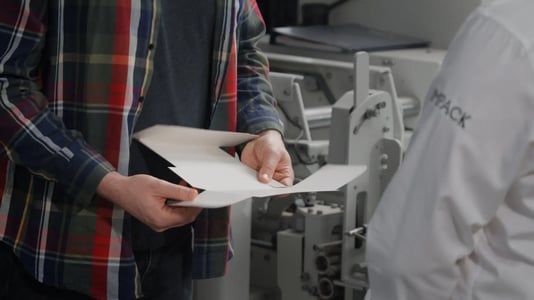
The work done in the finishing department is still a craft.
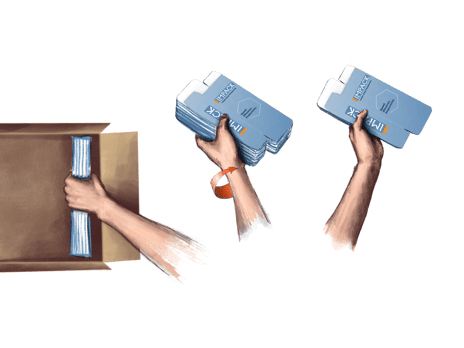

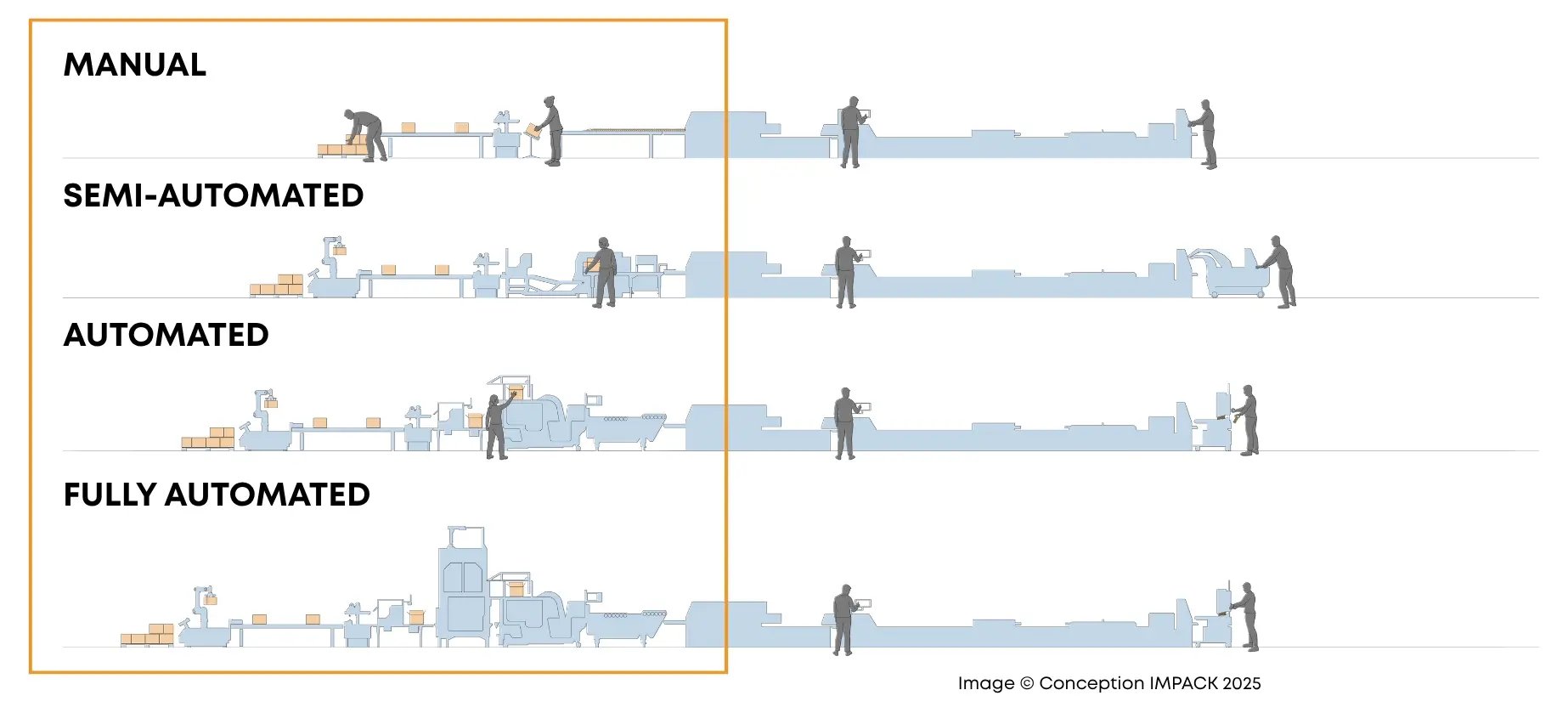
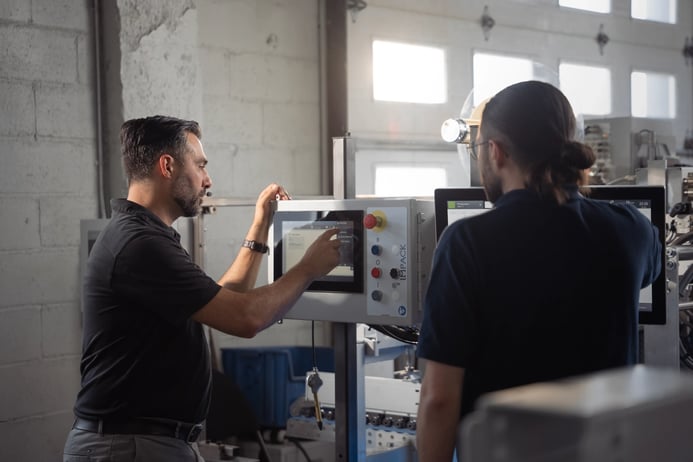
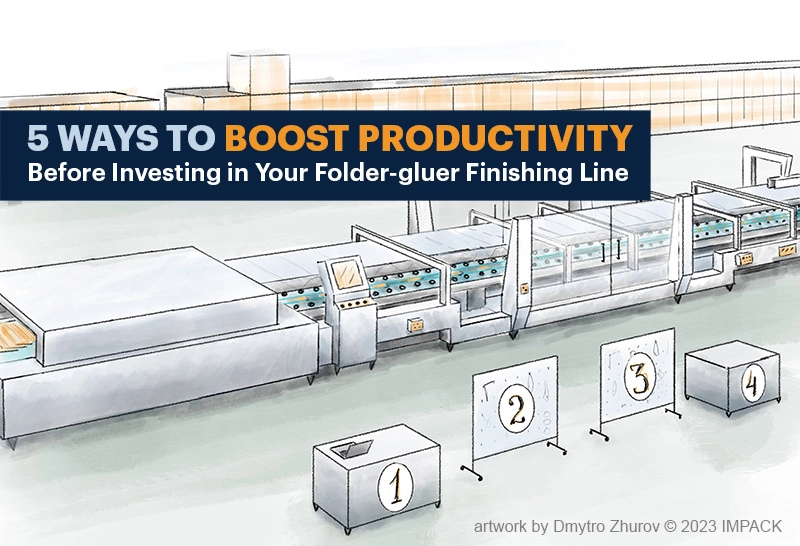
Before Investing Optimize Your Existing Processes Every company aspires to increase its folder-gluer productivity and maximize output potential....
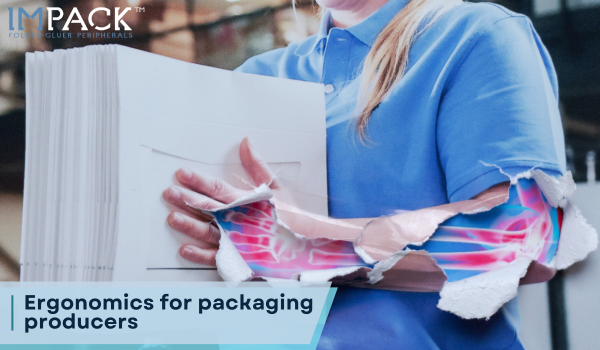
Introducing ergonomics to folder-gluer finishing lines helps carton converters address labor shortages and increase production. Let me explain how.
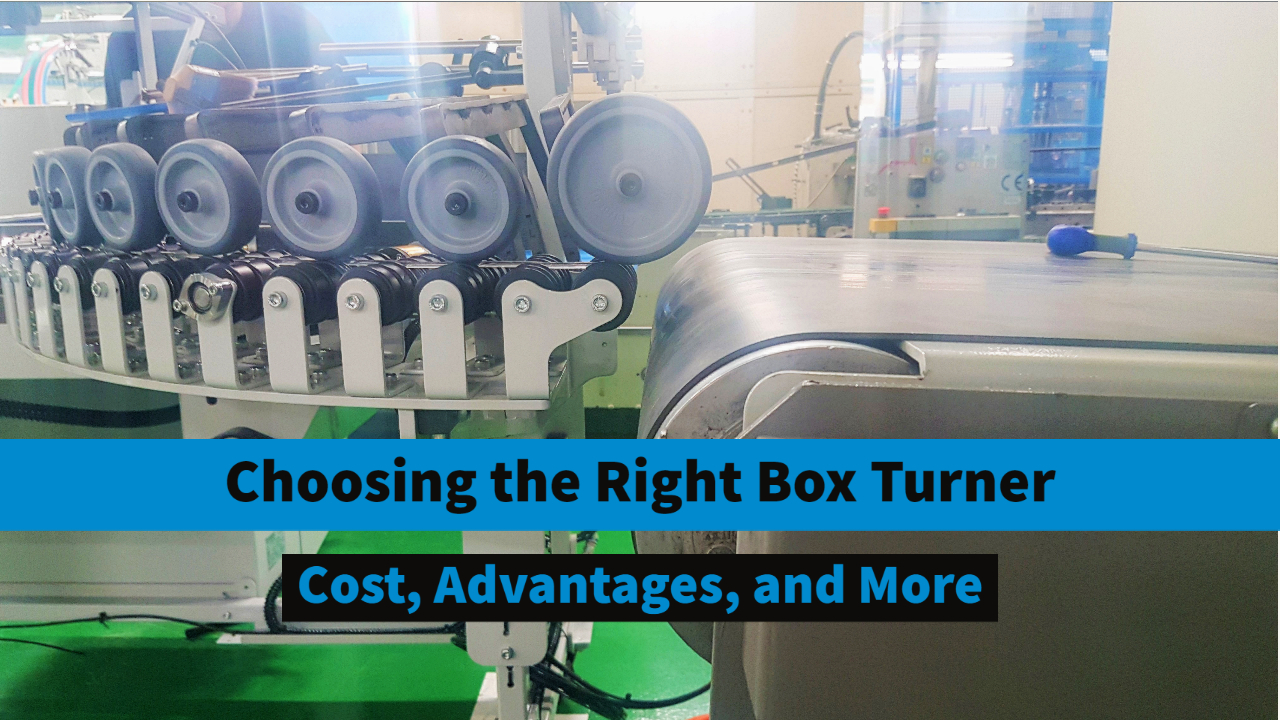
Adding a box turner to the end of your folding-gluing line is almost always essential.